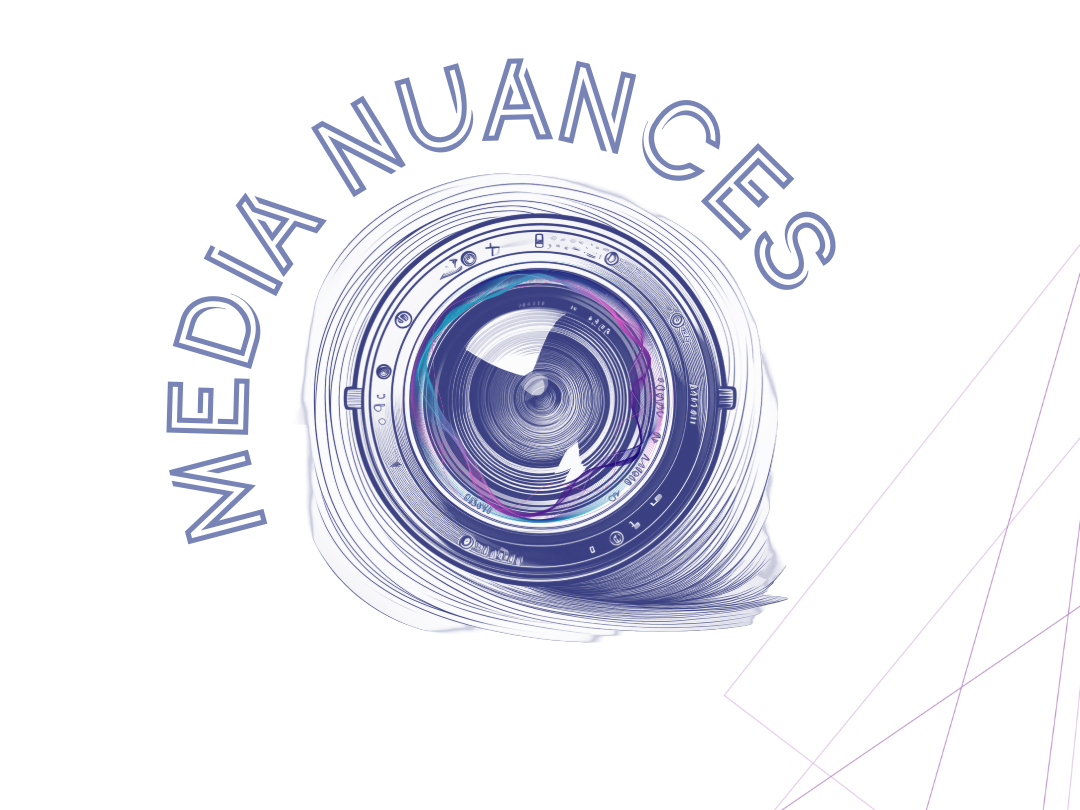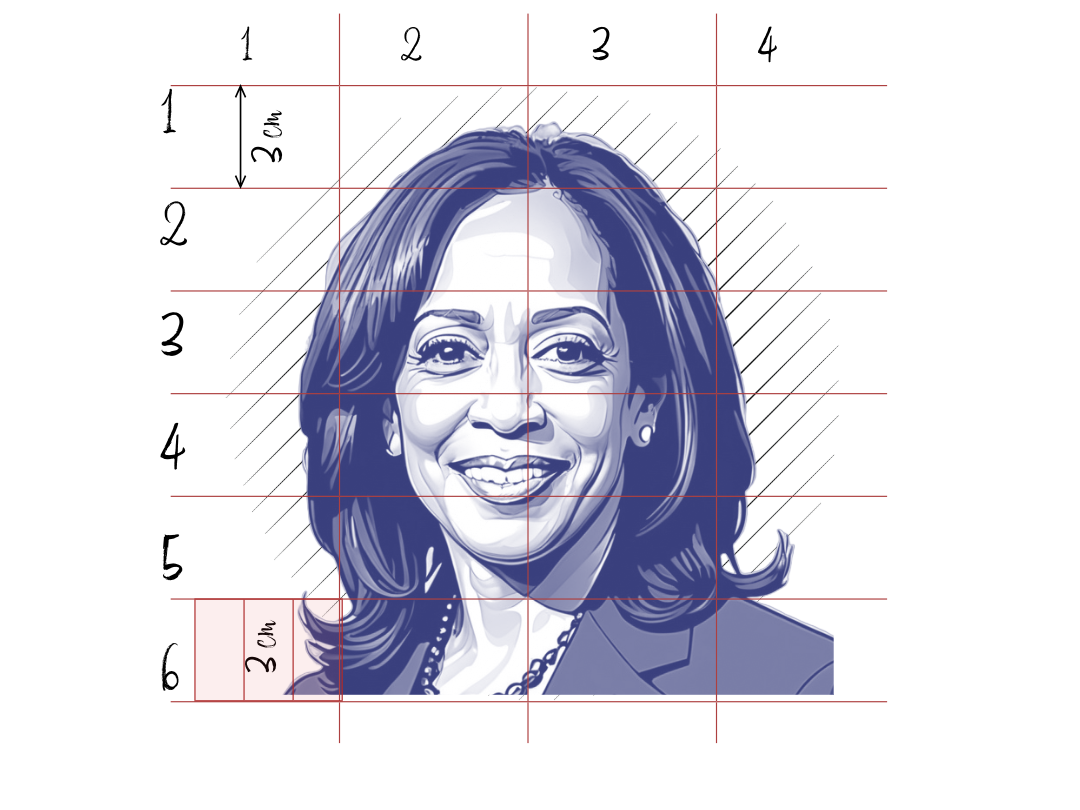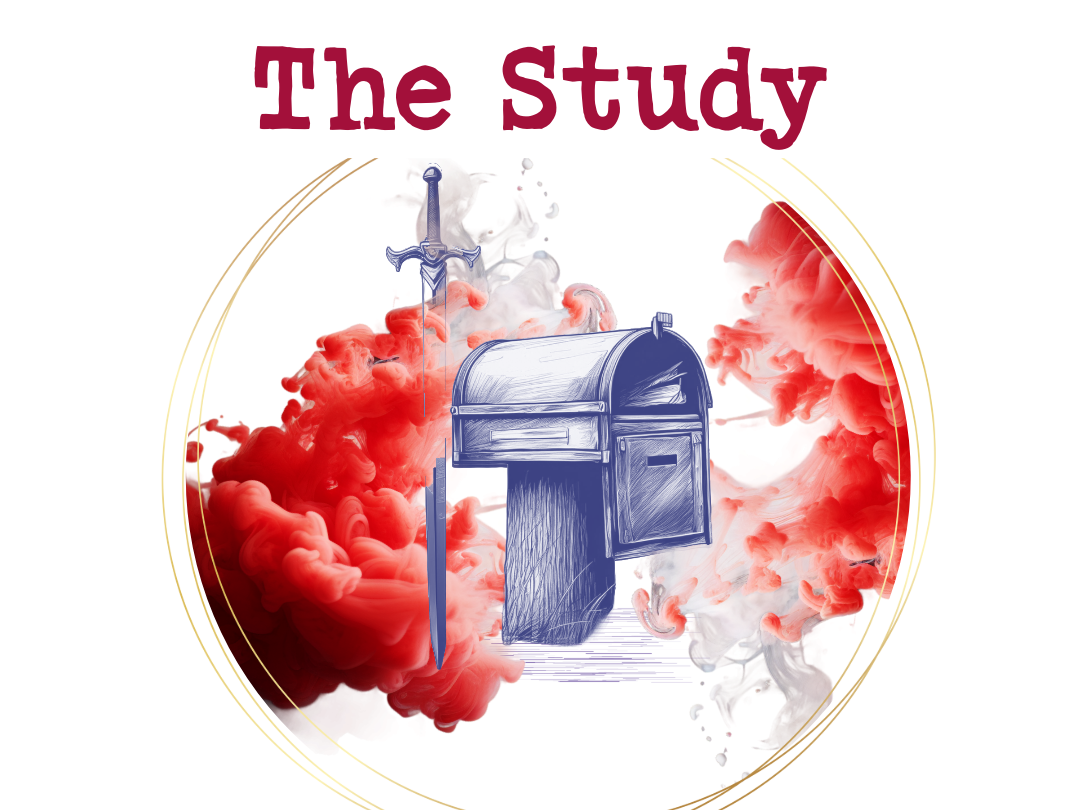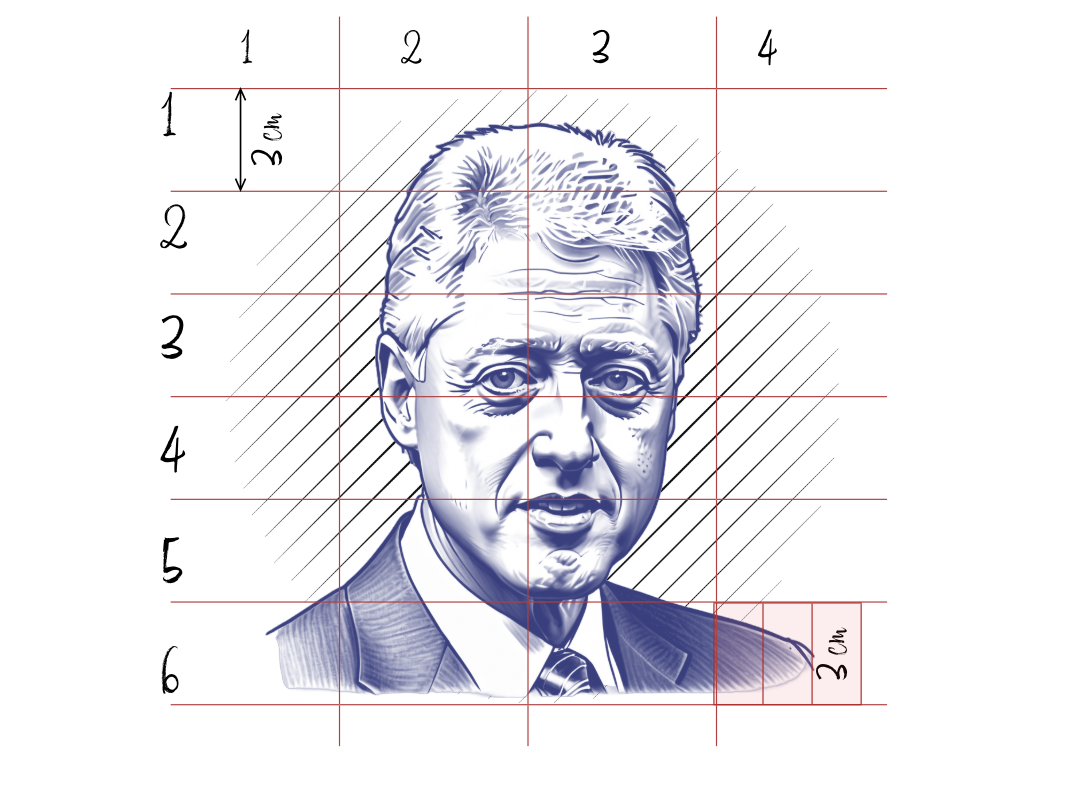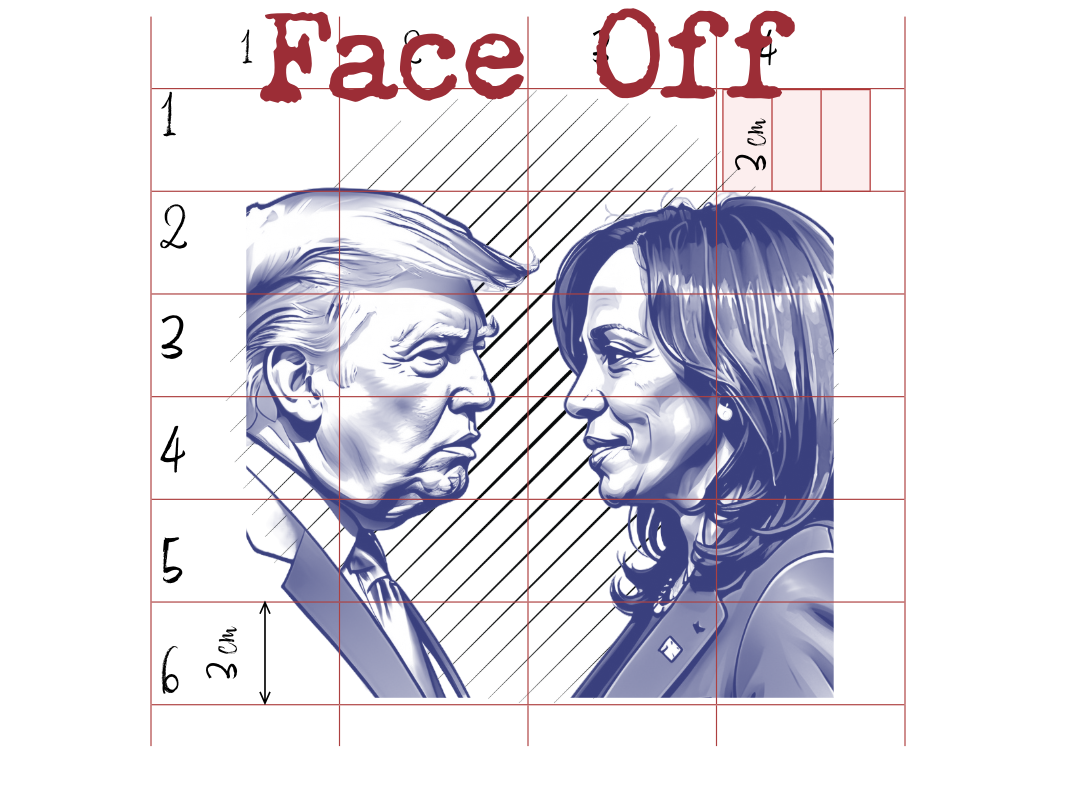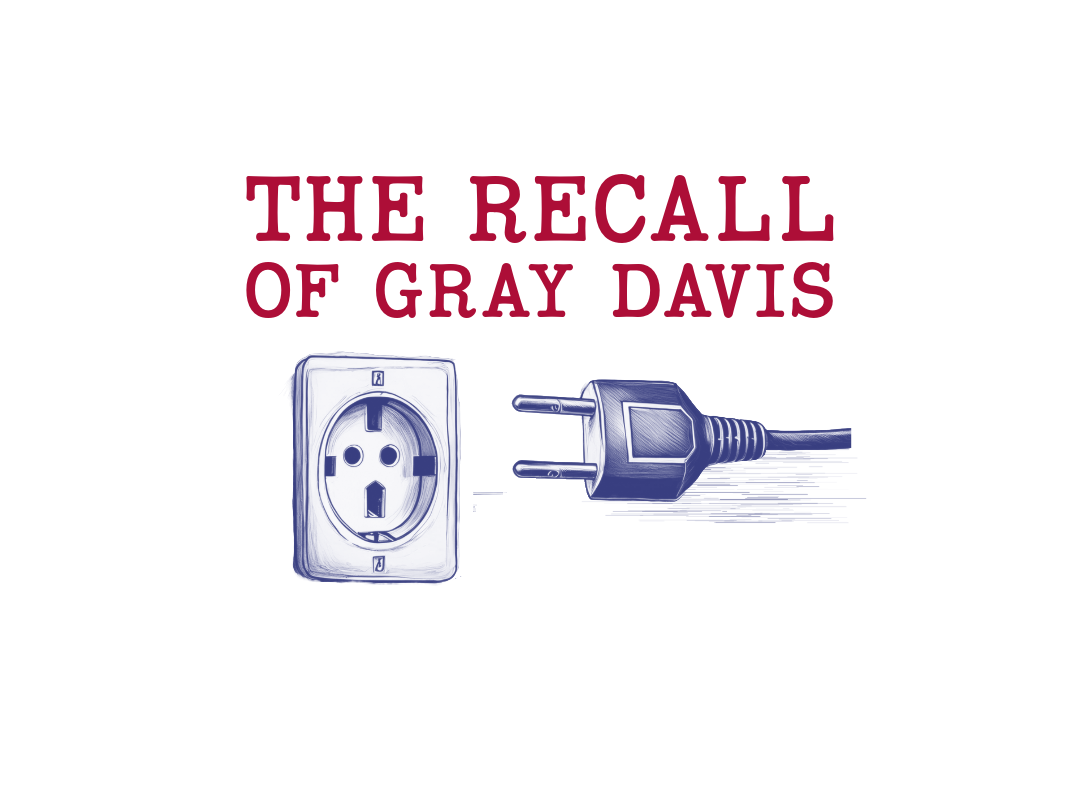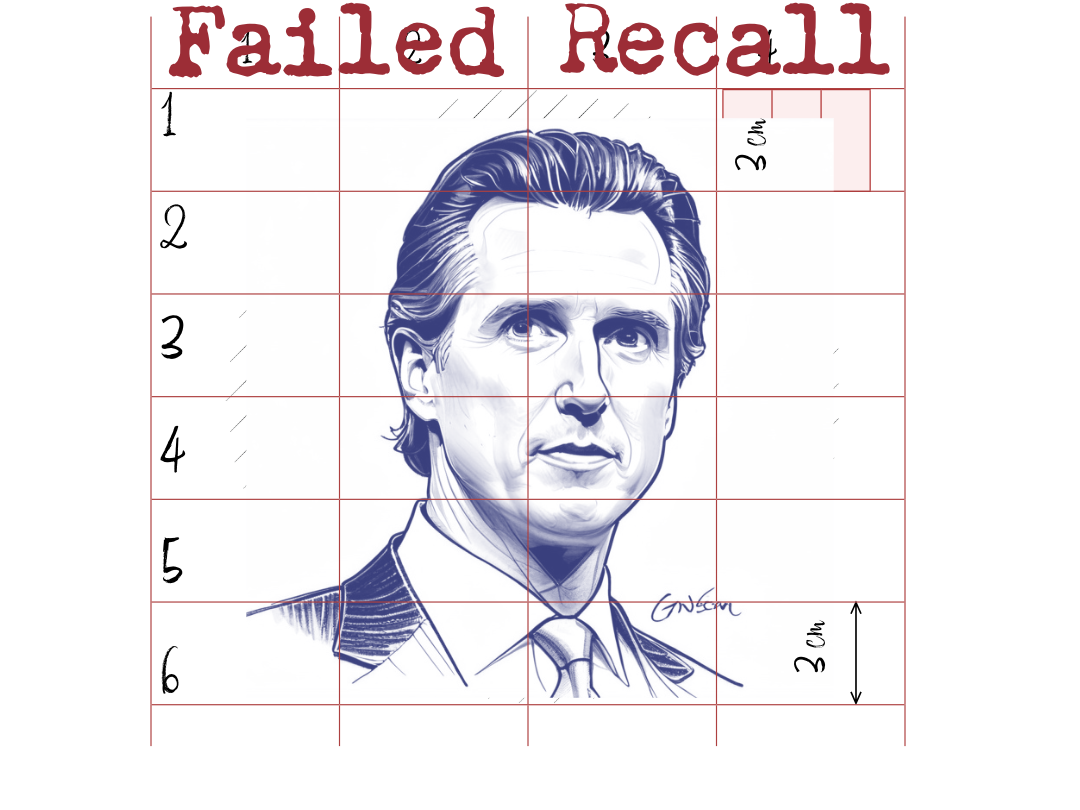Recall Roulette: Newsom’s Narrow Escape vs. Davis’ Collapse
What Political Shifts, Leadership Styles, and Voter Sentiment Tell Us About California’s Volatile Recall Culture
November 12, 2024
The recall efforts against Governor Gray Davis in 2003 and Governor Gavin Newsom in 2021 both sought to remove sitting Democratic governors from office, but the circumstances, political dynamics, and outcomes were significantly different. While both recalls were driven by dissatisfaction with the governors’ leadership, they reflect the evolution of California’s political landscape, party dynamics, and recall mechanics over nearly two decades.
Here’s a comparative analysis of the two recall efforts:
Political Context and Triggering Events
The recall of Governor Davis was primarily driven by a crisis in California’s energy sector, most notably the California electricity crisis (2000-2001) and the rolling blackouts that affected millions. The state's budget deficit ballooned due to energy price spikes, mismanagement, and the collapse of several energy firms, which greatly damaged Davis’s political credibility. Additionally, California faced a severe budget crisis and rising taxes that further alienated voters (Rothstein, 2003).
Newsom’s recall effort came after several years of contentious politics and leadership challenges, most notably his handling of the COVID-19 pandemic. Key issues included inconsistent lockdown policies, the controversial French Laundry dinner scandal in November 2020, and the slow pace of economic recovery in some parts of the state (Martichoux, 2021). While Davis's recall was largely driven by an economic crisis, Newsom’s recall was fueled by frustrations over public health policy and the ongoing pandemic. Newsom also faced backlash over the state's housing crisis, homelessness, and crime.
While both governors faced crises, the nature of those crises was different. Davis faced a financial and energy crisis, while Newsom’s recall was pandemic-driven and marked by cultural and partisan divides surrounding his public health response.
Recall Mechanics and Political Landscape
The recall was initiated under California’s unique recall system, which allows voters to remove an incumbent governor before their term ends if enough signatures are collected. In 2003, it was a highly partisan recall with a Republican-driven effort to replace Davis with Arnold Schwarzenegger, a political outsider and Hollywood celebrity. The recall process had two questions: one asking if Davis should be removed and the second asking who should replace him. This setup made it possible for Davis to win the first question but still lose his job if the second question saw enough support for his replacement (Rothstein, 2003).
The recall process in 2021 was nearly identical in structure to the 2003 recall, but the political dynamics were different. Newsom faced a Republican-led recall, with Larry Elder, a conservative radio host, emerging as the top challenger. However, Newsom managed to mobilize Democratic voters by framing the recall as a right-wing power grab associated with Trumpism (NPR, 2021). The primary difference was that Newsom used the recall process to rally his base more effectively, leveraging national political themes and the perceived extremism of his challengers.
In 2003, the Republican Party’s recall campaign was unified behind Schwarzenegger, an ideal candidate for conservative voters. In 2021, the recall campaign was more fragmented, with 46 candidates running to replace Newsom, causing confusion and diluting opposition efforts. Newsom was able to use this fragmentation to his advantage, emphasizing the lack of a clear alternative.
Public Sentiment and Voter Mobilization
Davis's approval ratings were historically low by the time the recall came to a vote. His approval rating was under 30% due to widespread discontent over his handling of the energy crisis, budget deficit, and taxes. The Republican campaign was highly effective in mobilizing voter dissatisfaction with Davis’s leadership, which led to significant Republican turnout (Rothstein, 2003). The recall also reflected a growing anti-incumbent sentiment that had been brewing for years in California.
Newsom’s approval ratings were also low (hovering just above 50% before the recall), but not to the extent of Davis. COVID-19 management was a central issue, with mixed public opinion on Newsom's handling of the pandemic, lockdowns, and reopening phases. However, Newsom’s voter mobilization efforts were stronger, particularly among Democrats, who feared that a Republican-led recall would pave the way for more conservative policies on issues like abortion and climate change (Martichoux, 2021).
Key Differences: While both Davis and Newsom faced significant public dissatisfaction, Newsom was able to rally Democratic voters more effectively, framing the recall as a political attack by Republicans. In contrast, Davis faced a more unified Republican opposition with widespread calls for his removal across the state.
Key Issues and Campaign Strategies
The recall was primarily about Davis’s failure to manage the state’s energy crisis, rising taxes, and increasing debt. His main challenger, Arnold Schwarzenegger, presented himself as an outsider and political novice who could bring change and tackle the budget crisis. Schwarzenegger ran a relatively populist campaign, promising to cut the state’s budget, reduce taxes, and overhaul state government (Rothstein, 2003).
Newsom's main challenge was pandemic management. His opponents criticized him for lockdown measures, his French Laundry dinner scandal, and perceived inconsistencies in enforcing pandemic restrictions. Newsom countered by framing the recall as a right-wing attempt to undo progressive policies, particularly climate change and abortion rights. He also used the vaccination rollout and economic recovery programs as evidence of his competence during a national crisis (NPR, 2021).
Key differences: Davis's recall was about economic mismanagement and energy issues, whereas Newsom's recall was shaped by pandemic response and public health. The strategies employed in the campaigns reflected these differences: Davis was criticized for failing to respond effectively to the energy crisis, while Newsom was criticized for his pandemic policies, but also leveraged his successes in vaccine distribution and pandemic recovery.
Outcome
Davis was successfully recalled after 55.4% of voters chose to remove him from office. Schwarzenegger won the second part of the ballot with 48.6% of the vote, despite Davis’s campaign efforts to paint him as a Republican puppet. Schwarzenegger’s celebrity status and populist message resonated with voters frustrated with the status quo (Rothstein, 2003).
Newsom survived the recall effort, with more than 60% of voters rejecting the recall. The recall was framed as a right-wing effort to remove a popular Democratic governor, and Larry Elder’s emergence as the front-runner for Newsom's replacement allowed Newsom to rally Democratic voters, particularly in urban and Latino communities, to defeat the recall (NPR, 2021).
Key Difference: Davis’s recall succeeded largely because of discontent with his leadership during a major economic crisis. Newsom’s recall failed primarily because of effective voter mobilization, despite dissatisfaction over his COVID-19 response. Newsom's stronger base of support and lack of a clear, unified challenger helped him weather the recall effort.
The recalls of Gray Davis and Gavin Newsom share some similarities—both were politically motivated, heavily partisan, and sparked by dissatisfaction with the incumbent's handling of major crises. However, the nature of the crises, the voter mobilization efforts, and the clarity of the alternative candidates differ significantly between the two efforts. Davis’s recall succeeded due to deep discontent with his leadership on economic issues, while Newsom’s recall failed largely because he was able to effectively frame the effort as a partisan attack, gain strong Democratic support, and capitalize on the lack of a unified challenger. These differences underscore how changing political landscapes, candidate strategies, and the public's response to crises can dramatically impact the outcome of recall elections.
References
- Martichoux, A. (2021, February 2). Why do people want to recall Gov. Gavin Newsom? ABC7 News. Retrieved from https://abc7news.com/recall-newsom-petition-gov-update-status-signature-count/10256979/
- Rothstein, M. (2003, October 7). Recall of Governor Gray Davis. The New York Times. Retrieved from https://www.nytimes.com/2003/10/07/us/recall-of-governor-gray-davis.html
- NPR. (2021, September 14). Newsom keeps his seat as a majority of California voters reject the recall. Retrieved from https://www.npr.org/2021/09/14/1035848090/california-recall-governor-newsom-results-elder
Copyright Notice & Intellectual Property Rights
This article is the intellectual property of Vesselina Davenport and is protected by copyright law. All content, including text, analysis, and multimedia, is owned by the author unless otherwise indicated. Unauthorized reproduction, distribution, or transmission of any portion of this article is strictly prohibited without prior written consent from the author, except in cases of non-commercial use permitted under fair use provisions.
Citations and Sources
This article includes references to publicly accessible information, including, but not limited to, ABC7 News’ coverage of the recall petition and political motivations behind Governor Gavin Newsom's 2021 recall (ABC7 News), The New York Times’ analysis of the 2003 California recall effort against Governor Gray Davis (The New York Times), and NPR’s reporting on the outcome of Newsom’s recall election (NPR). All external sources have been accurately cited, and complete citations are available for verification. If you would like to reference this article, please attribute it to the original author and link back to the full content.
Fair Use Disclaimer
Any third-party quotes, excerpts, or materials included in this article are used for educational and informational purposes under the fair use doctrine. All third-party content remains the property of its respective copyright holders.
Permission for Reuse
Portions of this article may be shared or quoted with appropriate credit to the author and a link to the original content. Any commercial use or modifications require prior written consent from the author.
Article Updates
This article may be periodically revised. Updates or modifications will be reflected on this page. Please check back to access the most current version.
All Rights Reserved | Vesselina Davenport | 2024
